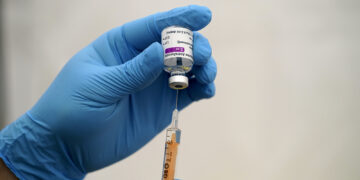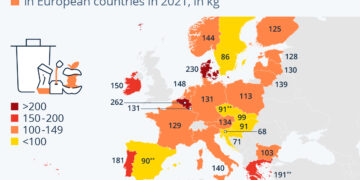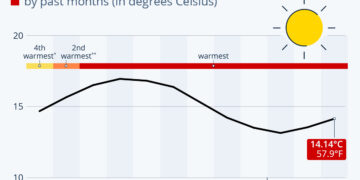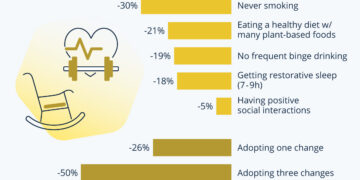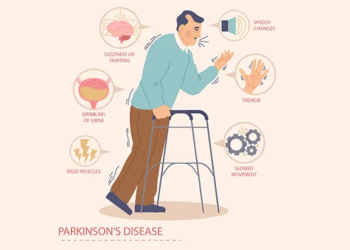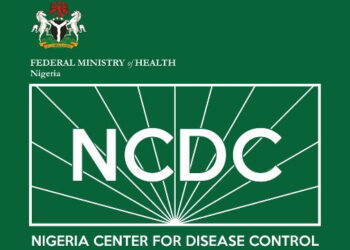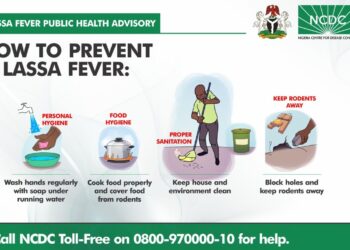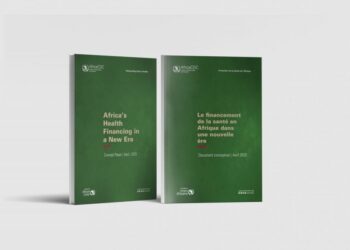RESPONSE FROM NAFDAC – PARACETAMOL TESTED IN NAFDAC LAGOS WHO PREQUALIFIED LABORATORY.
PUBLICATION IS FALSE AND UNSCIENTIFIC!!
The National Agency for Food and Drug Administration and Control (NAFDAC) issued a press release on Monday 14/01/2024 as an initial response to the above subject concerning a story circulating on the social media that paracetamol tablets in circulation in Nigeria are under dosed. In a scientific response to the recent reports suggesting widespread under dosing of paracetamol tablets in Nigeria, NAFDAC conducted a comprehensive testing of the tablets, sampled from different pharmacy outlets to investigate these claims.
As a scientist and a Professor of Pharmaceutical Manufacturing and Drug Evaluation for thirty years, the publication has given the Director General a grave concern on the non-quality of this publication and lack of responsibility regarding the impact of the unscientific release on the Nigerian society. It is surprising that the publication was accepted by a journal.
We assured the public that we will publish the result of our own investigation of the paracetamol tablets in Nigeria immediately we conclude testing in the Agency’s WHO Prequalified Laboratory.
The results of the Laboratory testing are ready, and we are pleased to inform the public of the outcome as follows:
- Paracetamol tablets from thirteen different local manufacturers were sampled from Lagos and Abuja pharmacy outlets.
- Minimum of twenty tablets from each manufacturer were used for the assay analysis by regulatory officers with verifiable analytical skills and competencies using the British Pharmacopoeia monograph 2023 edition Volume 3. The assay test determines the amount of active pharmaceutical ingredient in each tablet.
- The result of our test clearly showed that all the twenty tablets from each manufacturer met the stipulated dosage standards and specification. This includes adherence to both national and international regulatory requirements. This is a 100% pass rate for the full compendia tests result for the 20 samples of paracetamol tablets tested. The assay was validated using British Pharmacopoeia testing methodologies for precise and reliable assessments of the dosage levels in the sampled paracetamol tablets.
The assay results clearly contradict the results of the published report circulated on social media. The authors of the publication claimed that they used British Pharmacopoeia test procedure to carry out the tests. We fault this grim publication in totality. The current edition of British Pharmacopoeia, 2023, volume III, states that paracetamol tablets can be tested using Ultraviolet (UV) spectrophotometric method by setting the absorbance at 257nm wavelength. The authors claimed in the publication to have set the absorbance at 700 nm wavelength. This can be fact checked in the current edition British Pharmacopoeia, 2023, volume III. Page 1181.
- The following parameters that were not part of the subject in question were also tested: and found to meet the BP specifications.
- Uniformity of mass
- Average weight
- Friability
- Hardness
- Disintegration time
- Identification
We have many other grounds upon which the published research work is faulted and is unacceptable as stated below.
- The study in the publication lacks the necessary transparency in methodology, sample size, and selection criteria. Could the authors have a different objective?
- It is obvious that the researcher did not use the test method recommended in the British Pharmacopoeia.
- There is no evidence whatsoever that the test method used was validated and accepted.
- The test sample size of 2 tablets used for analysis as stated in the journal is far below the recommended sample size for analysis and grossly unscientific and unprofessional.
- Aside from using un-recommended ultraviolet absorbance max, no mention of the solvent used to prepare the samples vs. standard solution, about sample preparation, equipment used (model, year) for the analysis? Does the equipment have Installation Qualification, Operational Qualification Performance Qualification certificates?
- Facts such as instrument calibration, the last calibration date, the environmental condition in terms of temperature and humidity of the testing laboratory were missing in the publication.
- Other basic scientific facts such as the range of the concentrations of the standard curve solutions (0.01 to 0.05) being lower than the solution test samples (0.1) further invalidates all the analysis because the anticipated test solution concentration should fall within the calibration concentration range.
The above are basic laboratory testing and scientific facts that those competent in pharmaceutical and regulatory science should know. These are the simplest of many rigorous tests that earned the NAFDAC Central Drug Control Laboratory the coveted Prequalification by WHO.
The pharmaceutical manufacturing sector in Nigeria strives to maintain and enhance the quality of pharmaceutical products in Nigeria to align with NAFDAC’s quality culture. This publication is a disservice to the pharmaceutical industry and the nation.
NAFDAC emphasizes the importance of evidence-based information to guide public discourse and urges stakeholders to rely on and check for accurate and comprehensive data.
We just learnt that the article “Communication in Physical Sciences”, 2023, 9(2): 180-186 has been retracted.
The mischief of placing the article in the social media on the background of World Health Organization logo is highly distasteful and illegal. That brings back the question, does the publisher has another agenda?
As part of our commitment to public health and safety, NAFDAC will continue to ensure that quality of the products is assured and continue to work with manufacturers, and other stakeholders to maintain and enhance the quality of pharmaceutical products in Nigeria.

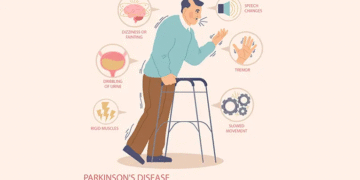

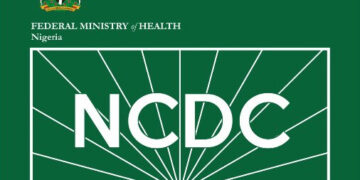
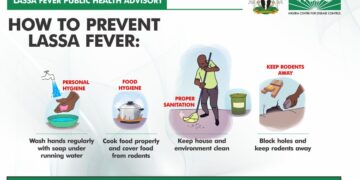

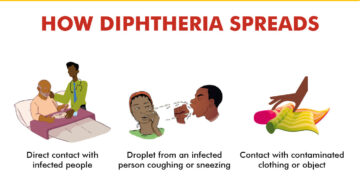
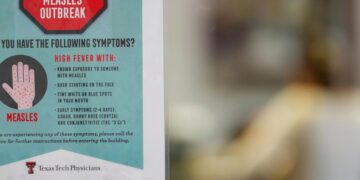
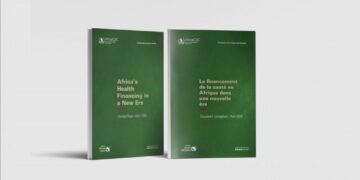



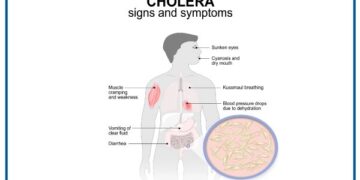
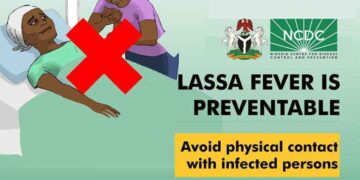
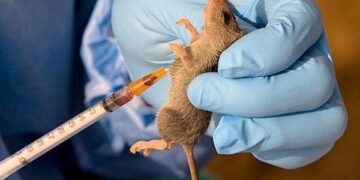

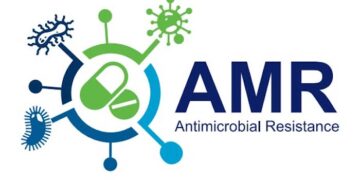
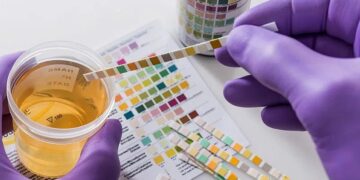
![Antimicrobial Resistance [AMR] in Hausa](https://healthtoday.com.ng/wp-content/uploads/2024/02/antimicrobial-resistance-AMR--360x180.jpeg)



